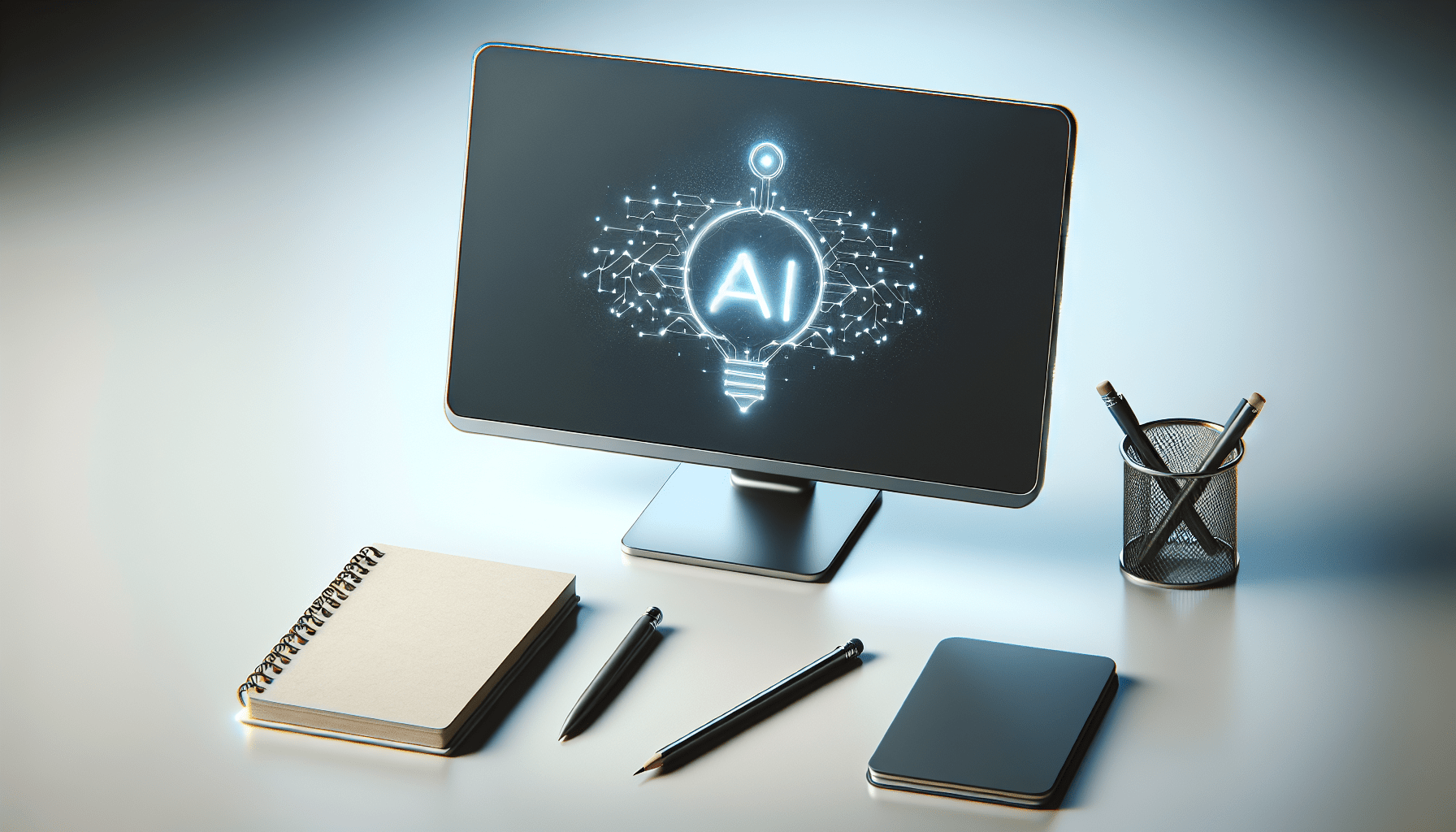Welcome to the world of AI, where learning can be approached with simplicity and ease. In this article, you will discover practical tips and strategies for mastering the basics of artificial intelligence without overwhelming yourself. From breaking down complex concepts into bite-sized chunks to utilizing beginner-friendly resources and tools, you will be equipped with everything you need to embark on your AI learning journey confidently. Say goodbye to confusion and hello to a straightforward and uncomplicated approach to learning AI.
Uncomplicated Approach to Learning AI

Have you been interested in learning Artificial Intelligence but feel overwhelmed by the complex concepts and technical jargon associated with it? Don’t worry, we’re here to help!
Artificial Intelligence (AI) is a rapidly growing field with applications in various industries, including healthcare, finance, and technology. Learning AI can seem daunting at first, but with the right approach, you can grasp the fundamentals and build upon them to master this exciting technology. In this article, we will guide you through an uncomplicated approach to learning AI, breaking down complex concepts into easy-to-understand bite-sized pieces.
Understanding the Basics of AI
You can start by understanding the basics of Artificial Intelligence. AI is the simulation of human intelligence in machines that are programmed to think and act like humans. This includes activities such as learning, problem-solving, decision making, speech recognition, and language translation.
By grasping the foundational concepts of AI, such as machine learning, neural networks, and deep learning, you can develop a solid understanding of how AI works and its potential applications. Think of AI as a tool that learns from data to make decisions and perform tasks without explicit programming.
AI is everywhere in our daily lives, from voice assistants on our smartphones to recommendation algorithms on streaming platforms. It’s essential to understand how AI works to appreciate its impact and potential for future innovation.
Learning the Fundamentals of Machine Learning
Machine learning is a subset of AI that allows machines to learn from data and improve over time without being explicitly programmed. It is the foundation of many AI applications, from image recognition to natural language processing.
To understand machine learning, you need to grasp key concepts such as supervised learning, unsupervised learning, and reinforcement learning. In supervised learning, the algorithm is trained on labeled data to make predictions or decisions. Unsupervised learning involves finding patterns and relationships in data without predefined labels, while reinforcement learning focuses on optimizing decisions based on feedback from an environment.
By studying machine learning algorithms, you can gain insight into how AI systems learn and improve their performance over time. Start with basic algorithms like linear regression and logistic regression before moving on to more advanced techniques such as neural networks and deep learning.

Exploring Neural Networks and Deep Learning
Neural networks are a type of machine learning model inspired by the human brain’s neural networks. They consist of interconnected layers of nodes called neurons, each processing input data and passing it on to the next layer. Deep learning is a subset of machine learning that uses neural networks with multiple hidden layers to extract intricate patterns and features from data.
To understand neural networks and deep learning, you need to explore concepts such as activation functions, backpropagation, and convolutional neural networks. Activation functions determine the output of a neuron based on input data, while backpropagation is a technique used to update the model’s weights and biases during training.
Convolutional neural networks (CNNs) are commonly used in image recognition and computer vision tasks, while recurrent neural networks (RNNs) excel at sequence data processing, such as natural language processing and speech recognition. Understanding these concepts will help you grasp the power and versatility of neural networks and deep learning in AI applications.
Hands-On Experience with AI Projects
The best way to solidify your understanding of AI concepts is through hands-on experience with real-world projects. Start by working on simple projects like sentiment analysis, spam detection, or image classification using popular machine learning libraries such as Scikit-learn, TensorFlow, or PyTorch.
By building AI projects from scratch, you can apply theoretical concepts in practice and gain valuable insights into the challenges and opportunities of AI development. Collaborating with peers on open-source projects or participating in AI hackathons can also help you sharpen your skills and build a portfolio of AI projects to showcase your expertise.
Conclusion
Learning Artificial Intelligence doesn’t have to be complicated if you approach it with a positive attitude and a willingness to learn. By understanding the basics of AI, learning machine learning fundamentals, exploring neural networks and deep learning, and gaining hands-on experience with AI projects, you can embark on a fulfilling journey into the world of Artificial Intelligence.






Leave a Reply